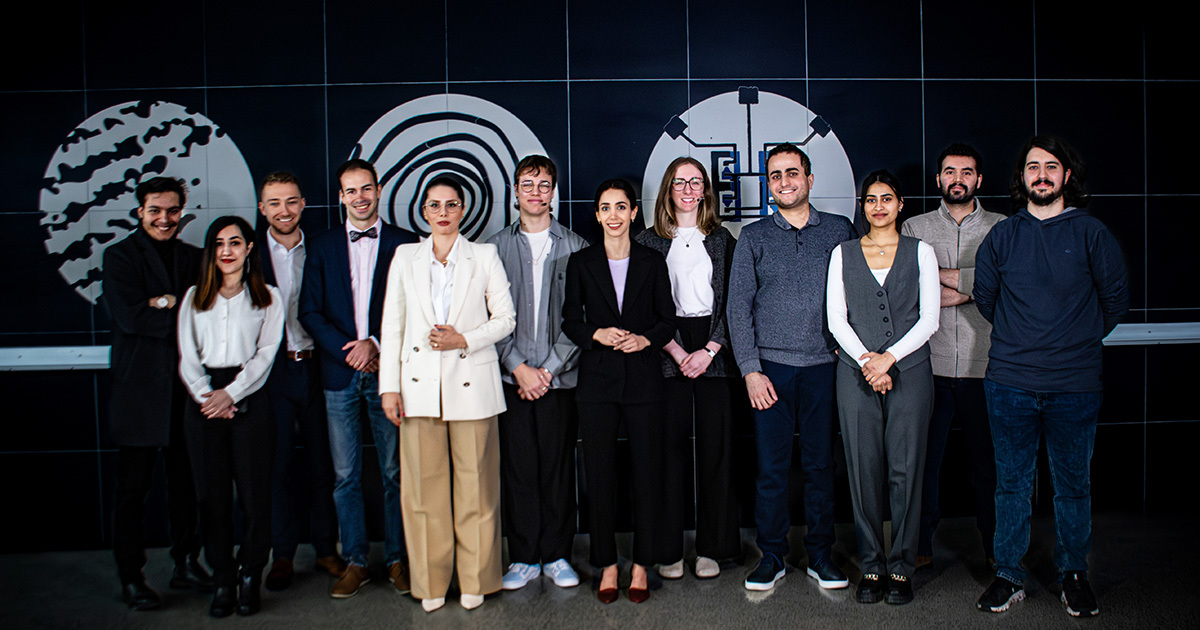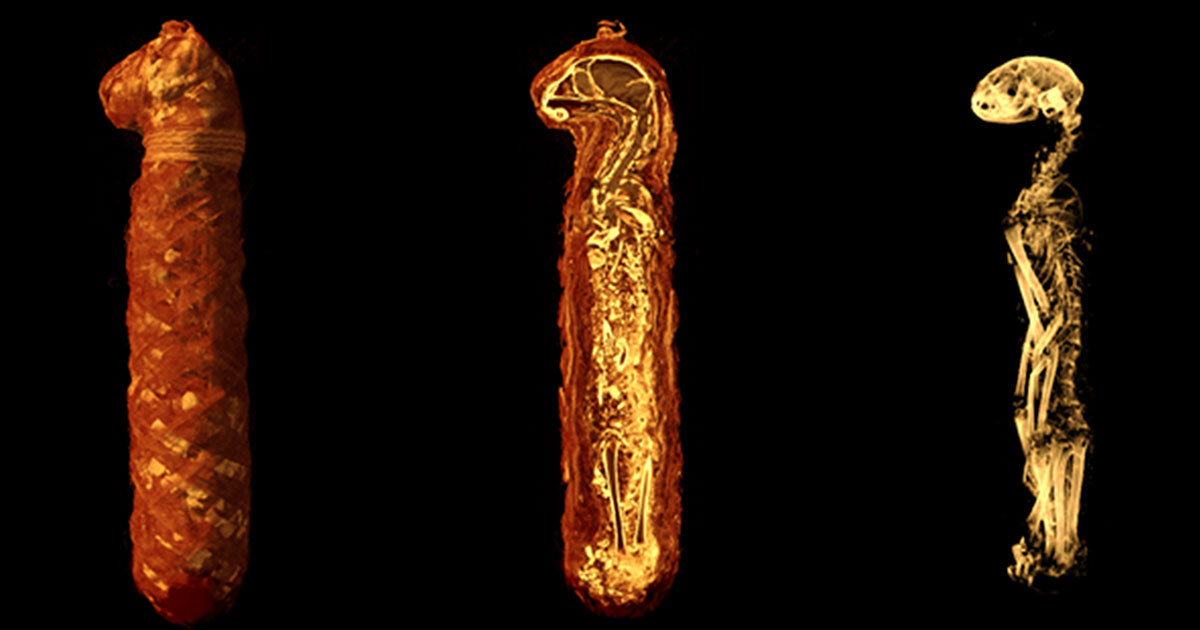Actualités
17 avril 2024
Fin de session et recherche de stage
11 avril 2024
L’ÉTS accueillera la 92ᵉ édition du Congrès de l’Acfas avec la collaboration de l’Université Concordia
11 avril 2024
Journée francophone des femmes en informatique
10 avril 2024
Dévoilement des lauréat(e)s de la 1ʳᵉ édition du programme de résidence artistique de l’ÉTS.
05 avril 2024
Deux membres du corps professoral de l’ÉTS honorés par le Palais des congrès de Montréal
04 avril 2024
Dernier droit pour les stages de l'été 2024!
1
Vous êtes actuellement sur cette page
2
Aller à la page : 2
3
Aller à la page : 3
...
51
Aller à la page : 51
Aller à la page suivante
Explorez votre avenir
universitaire


















